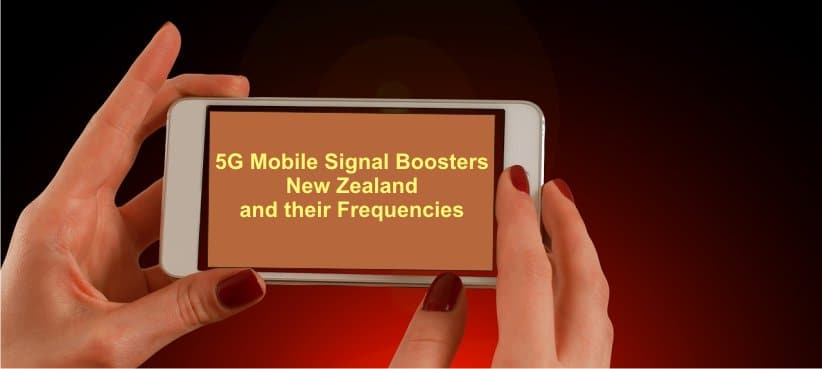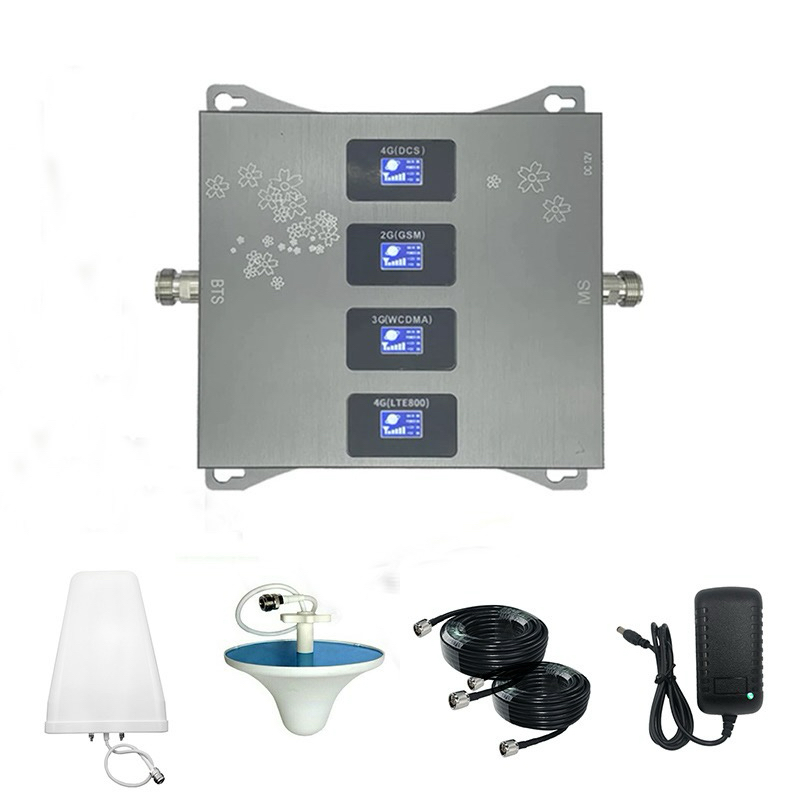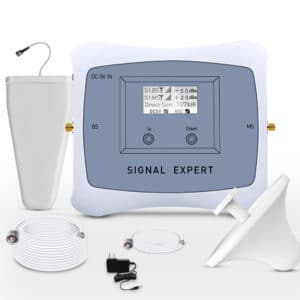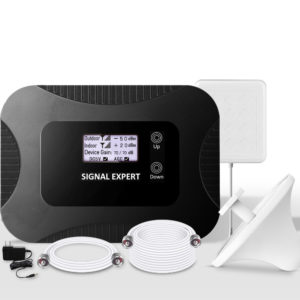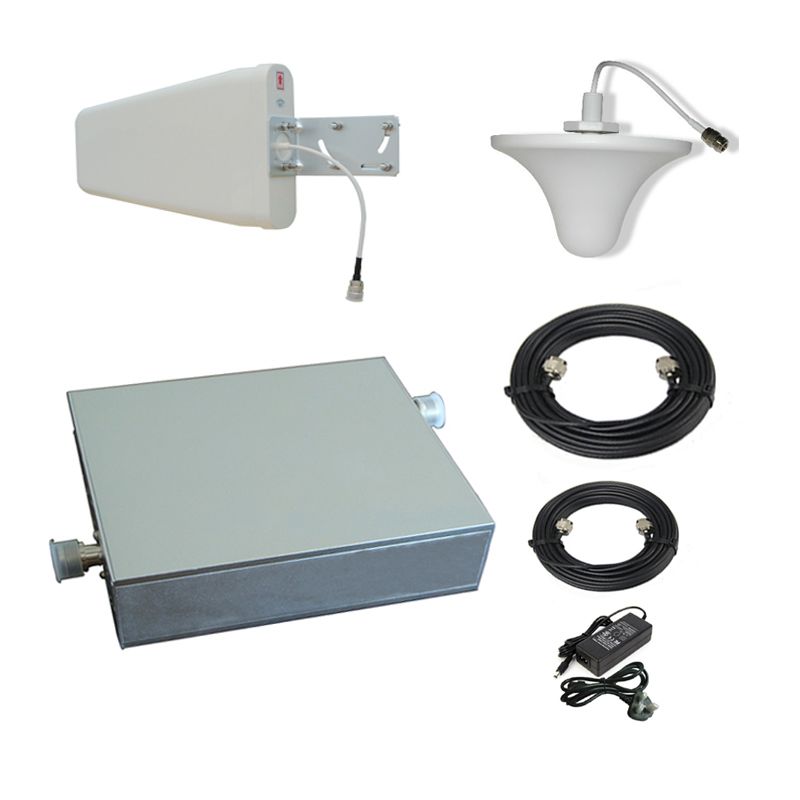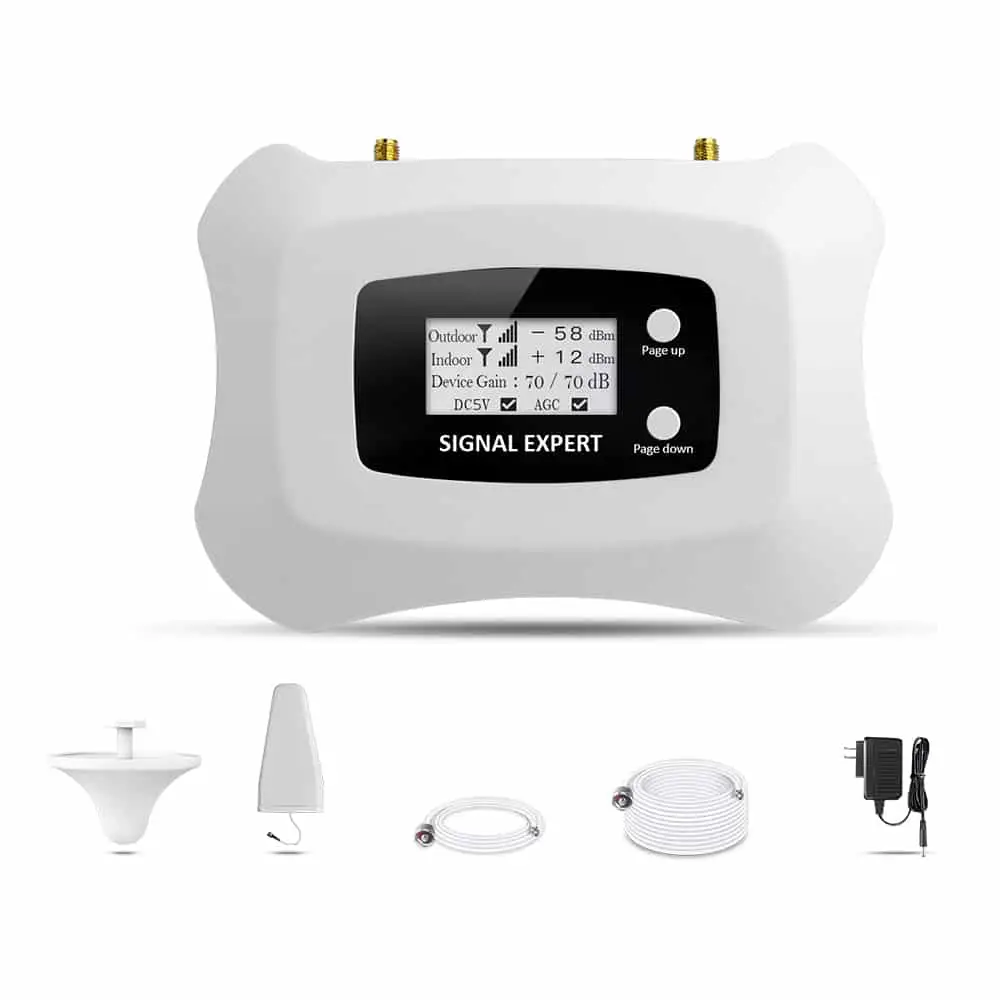5G Mobile Signal Boosters New Zealand and Their Frequencies
Vodafone and Spark have already introduced cellular networks of the 5th generation and 2degrees is going to follow suit. For the end-users, 5G means fantastic download speed, lower latency, and the ability to support multiple devices. On the downside, the coverage is going to be bristling with gaps in the majority of locations until 5G becomes as widespread as 4G. As a consequence, users will inevitably face an unreliable connection and a weak signal. Luckily, it is super easy to improve 5G service with a proper amplifier. This device must be compatible with the bands and frequencies of your cell phone carrier to successfully perform its mission. We put together a small guide to help you understand 5G mobile signal boosters in New Zealand and their frequencies, so don’t hesitate to take a look.
Frequencies 5G Mobile Signal Boosters New Zealand Must Support
It is important that your 5G network and 5G mobile signal booster are on the same wavelength. Otherwise, they won’t be able to communicate. It is the same as with languages. Imagine that your cell carrier’s towers speak English and your booster knows only Chinese, will they be able to understand each other? No, they won’t. However, if they both speak English, then their collaboration is going to be successful.
Priority in the deployment of 5G networks in New Zealand is given to the 3.5 GHz band (it includes frequencies ranging from 3.4 GHz to 3.7 GHz). The regulatory authority intends to award each of the largest operators with 80-100 MHz of the spectrum. Along with that, other bands considered for New Zealand’s 5G include 26 GHz (so-called millimetre waves), 600MHz, and 1400MHz.
We will keep our fingers on the pulse of the 5G rollout. As soon as mobile operators expand their networks and utilize new frequencies and bands, new 5G signal boosters in New Zealand are going to be in the pipeline.
Vodafone 5G Mobile Signal Boosters New Zealand and Their Frequencies
Vodafone became the first telco in New Zealand to kick off with 5G. As of May 2020, the company offers the 5th generation mobile wireless technology in Christchurch, Auckland, Queenstown, and Wellington. Totally, it has 100 5G antennas and counting. By the end of the year, the company plans to bring the number of antennas to 400.
Vodafone uses a transmission frequency of 3.5 GHz for its 5G infrastructure. This means that if you are looking for a Vodafone 5G mobile signal booster, it must support this particular frequency. The company also intends to get hold of a 600 MHz band for rural areas and 26 GHz mm-Wave for areas with high population density. Until the company starts implementing the said spectrums, it is unnecessary to purchase boosters supporting those.
Spark 5G Mobile Signal Frequencies
Vodafone’s biggest rival in New Zealand, Spark, keeps up. Unlike the competitor, it is focused on rural regions. Spark has already rolled out its 5G network in 6 South Island locations (Alexandra, Westport, Hokitika, Clyde, Twizel, and Tekapo). Currently, the company upgraded 150 existing cell sites with 5G antennas.
Spark operates on the assigned frequency of 2.4 GHz but the company announced its intentions to receive C band (3.5 GHz) spectrum for mass 5G deployment.
2 Degrees 5G Mobile Signal Frequencies
The third-largest mobile operator in New Zealand does not rush to launch its 5G network. Instead, it is focused on updating its existing “4.5G and 4.9G” infrastructure. Along with that, the company admits that it is working on 5G rollout but we won’t see it until at least the 1st of July 2020. When this happens, 2degrees is likely to operate on the 3.5 GHz band. At the same time, it showed interest in the 26 GHz band.
Are 4G Amplifiers Compatible with 5G Mobile Signal Boosters New Zealand and Their Frequencies?
Not exactly. As we have already pointed out, a booster must support the same frequencies as your mobile carrier. New Zealand implements the following 4G bands and frequencies: 700 MHz, 900 MHz, 1.8 GHz, and 2.6 GHz. Clearly, if you have a 4G booster, it is compatible only with the named bands.
To be able to receive 5G signals, a booster ought to support 3.5 GHz and 2.4 GHz, which are not among the common frequencies for 4G networks in our country. Therefore, a 4G amplifier is a no-go to boost 5G wireless communications. However, if your current device can be tuned to support a wider range of bands, it is possible to use it for 5G networks.
Are 5G Repeaters Safe?
The launch of 5G in New Zealand has stirred a lot of health-related concerns. People worry that radiofrequency radiation may cause cancer and other issues. However, numerous tests show that emissions from the existing 5G equipment are the same as from 4G towers. The existing 4G infrastructure in New Zealand transmits low-band and mid-band frequencies and current 5G networks utilize mid-bands, too.
The maximum level of radiofrequency radiation absorption is permissible at a level not exceeding two watts per kilogram of body weight. Measurements near 5G towers showed that the radiation level is 50 times less than the allowable maximum. If a huge 5G tower is relatively safe for human health, then a repeater, which is several times weaker, is even more so.
However, high bands (24 GHz-40 GHz), that are likely to be used at later stages of 5G deployment, differ from mid-bands. They sit closer to ionizing radiation than their counterparts. That’s why many people believe that they are going to be more dangerous.
That said, multiple studies show that 5G carries a very low risk. In many countries, mid- and high-band frequencies have been employed for decades by satellite providers or the military without any impact on human health. That’s why until it is proven otherwise, 5G networks are considered to be safe, and so are 5G mobile signal boosters in New Zealand.
Conclusion
We hope our brief guide on 5G mobile signal boosters in New Zealand and their frequencies answered all of your questions. If not, don’t hesitate to contact us and we’ll gladly assist you with picking the right 5G Signal booster. You may also make use of our product wizard which will narrow down our assortment to items matching the required indoor coverage and supported mobile network operator.
